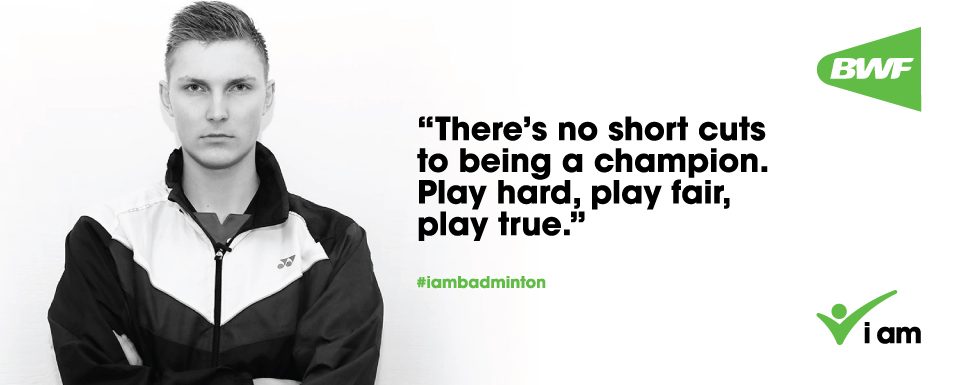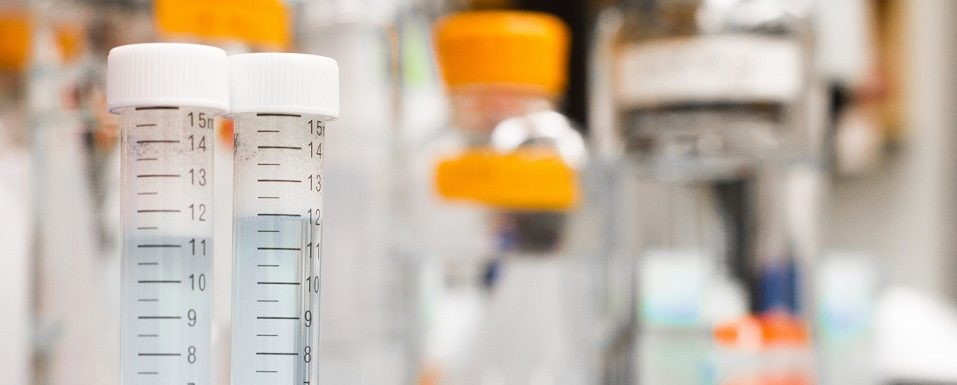Testing and Doping Control
BWF conducts no-notice in-competition and out-of-competition testing and collects both urine and blood samples from badminton and para-badminton athletes. BWF aims to detect and deter doping in badminton / Para badminton through this testing programme. The main aim is to protect the rights of clean athletes in our sport.
Registered Testing Pools
BWF has two testing pools of badminton athletes – a Registered Testing Pool (RTP) and a Testing Pool (TP). Athletes in these pools must provide information on their whereabouts in ADAMS – WADA’s online anti-doping administration and management system.
Testing Statistics
WADA publishes a comprehensive set of statistics on testing and analysis for all sports globally. This describes in detail the 1) kind of sample (blood / urine), 2) the kind of analysis, 3) the laboratory, 4) the testing authority for all samples analysed at WADA Accredited Laboratories, 5) the result. BWF provides a summary of the statistics for badminton as a download – see above.
Doping Control Process
There are four main stages in the doping control process:
- Athlete Selection – targeted / random selection
- Athlete Notification – DCO informs the athlete
- Sample Collection – sample is collected (see below)
- Analysis – WADA accredited laboratory and analysed
- Results Management – results entered into ADAMS
Sample Collection
Testing and the collection of urine and/or blood samples can take place anywhere -during a competition, a training camp, at your training venue, at home.
Downloads
– The Doping Control Process (English)
– Doping Control Process – Français, Español, Bengali

























